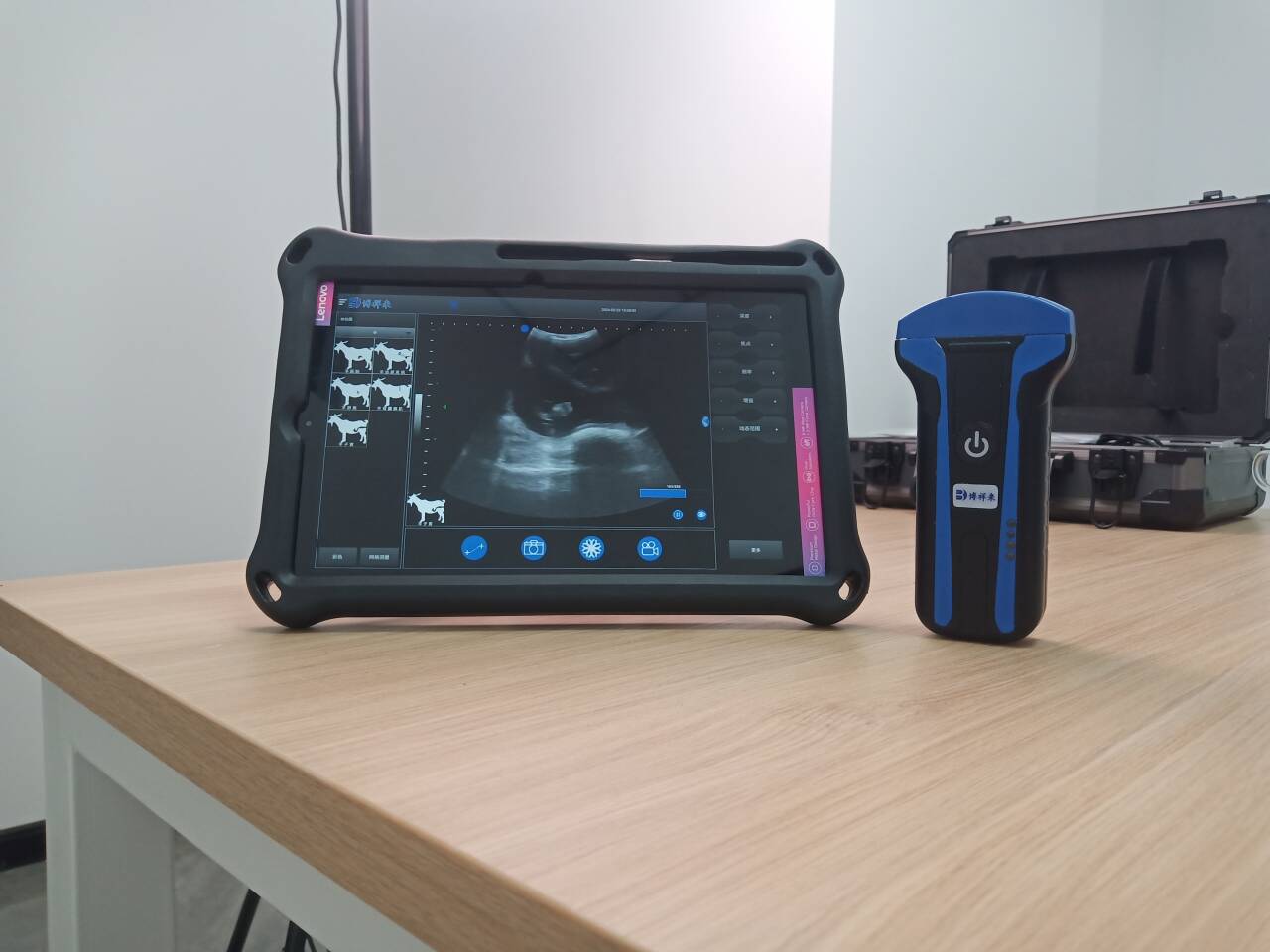Veterinary ultrasound technology has become a transformative tool across various veterinary fields. The BXL veterinary ultrasound, known for its precision and versatility, has set new standards in animal healthcare. From diagnostics to monitoring, its applications span a wide range of veterinary practices, enhancing the quality of care for animals. This article explores the diverse applications, benefits, and considerations of BXL veterinary ultrasound in veterinary medicine.

What is BXL Veterinary Ultrasound?
BXL veterinary ultrasound is a cutting-edge imaging system designed for veterinary applications. By utilizing high-frequency sound waves, it provides real-time, detailed images of internal structures, including organs, tissues, and blood flow. This non-invasive, radiation-free technology ensures safety and effectiveness, making it an essential diagnostic tool in veterinary practices.
Applications of BXL Veterinary Ultrasound in Veterinary Medicine
1. Companion Animal Care
In small animal veterinary practices, BXL veterinary ultrasound is invaluable for diagnosing and monitoring health conditions in pets such as dogs and cats. Key applications include:
Abdominal Imaging: Detecting issues in organs like the liver, spleen, kidneys, and intestines.
Cardiac Care: Performing echocardiograms to evaluate heart function and detect abnormalities.
Emergency Diagnostics: Quickly diagnosing internal injuries or bleeding in trauma cases.
2. Livestock Health Management
BXL veterinary ultrasound plays a critical role in managing the health of livestock, ensuring productivity and animal welfare. Its applications include:
Reproductive Management: Detecting pregnancies, monitoring fetal development, and improving breeding outcomes.
Disease Detection: Identifying conditions such as pneumonia, mastitis, or digestive blockages.
Routine Health Monitoring: Conducting periodic health checks to detect early signs of illness.
3. Equine Medicine
In equine veterinary practices, ultrasound is essential for diagnosing and treating musculoskeletal and reproductive issues. Key applications include:
Tendon and Ligament Assessment: Identifying injuries and monitoring recovery.
Reproductive Health: Monitoring pregnancies and evaluating reproductive organs.
Colic Diagnosis: Providing real-time imaging to assess gastrointestinal health.
4. Exotic Animal and Wildlife Care
For exotic animals and wildlife, BXL veterinary ultrasound offers a non-invasive way to monitor health and diagnose conditions. Applications include:
Health Assessments: Evaluating internal organs in reptiles, birds, and small mammals.
Conservation Efforts: Supporting breeding programs for endangered species.
Post-Trauma Care: Diagnosing injuries in wildlife rehabilitation centers.
Benefits of BXL Veterinary Ultrasound
1. Accurate and Reliable Diagnostics
The high-resolution imaging capabilities of BXL veterinary ultrasound ensure precise diagnoses, reducing the risk of errors.
2. Non-Invasive and Stress-Free
Its non-invasive nature minimizes stress for animals, making it suitable for routine examinations and sensitive species.
3. Versatility Across Species
BXL veterinary ultrasound is adaptable to various species, from domestic pets to large livestock and exotic animals.
4. Real-Time Imaging
Real-time imaging allows veterinarians to make immediate decisions during diagnostic procedures, improving patient outcomes.
Key Considerations for Veterinary Practices
1. Training and Expertise
Veterinarians must be trained to operate the ultrasound device effectively and interpret the results accurately.
2. Equipment Maintenance
Regular maintenance and calibration of the BXL ultrasound ensure consistent performance and longevity.
3. Cost Efficiency
While the initial investment may be significant, the long-term benefits of improved diagnostics and treatment outcomes make it cost-effective.
4. Ethical Usage
Veterinary practices should use ultrasound in alignment with ethical standards, ensuring minimal discomfort for animals.
tags: Veterinary Ultrasound


